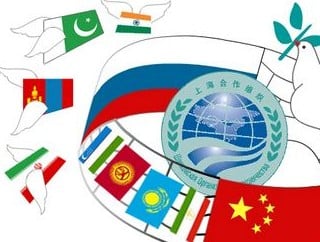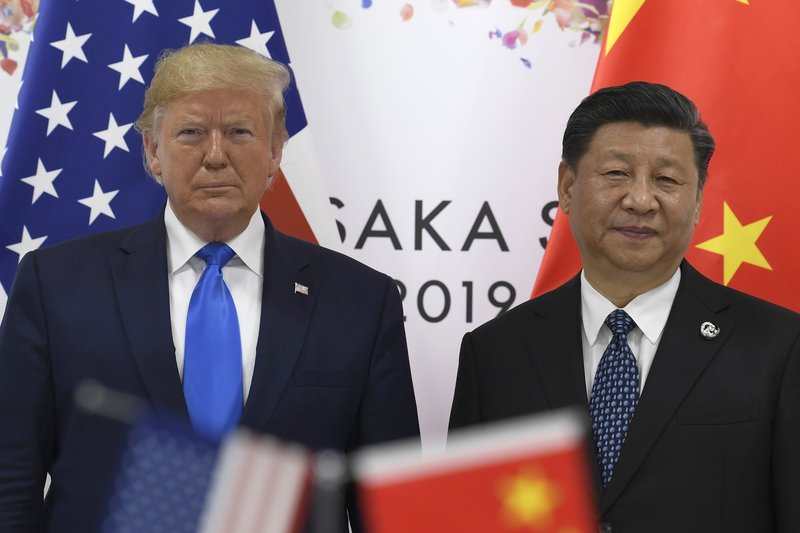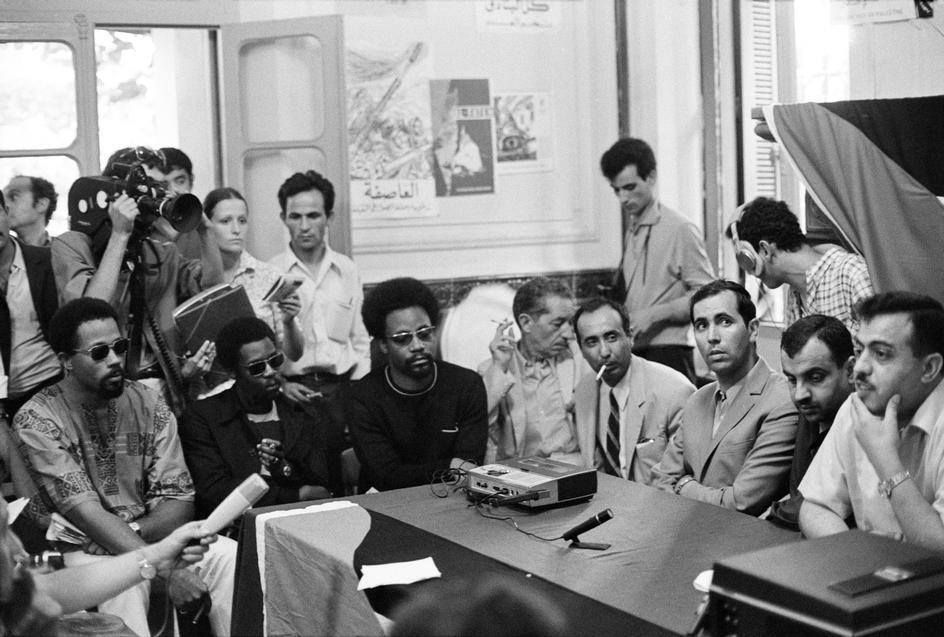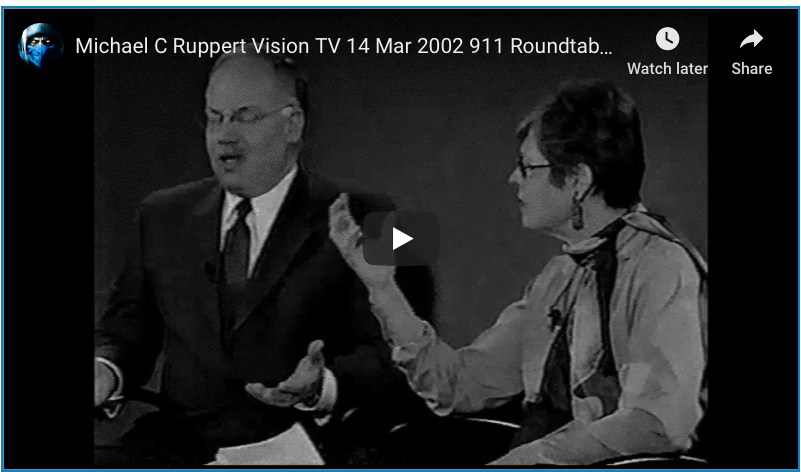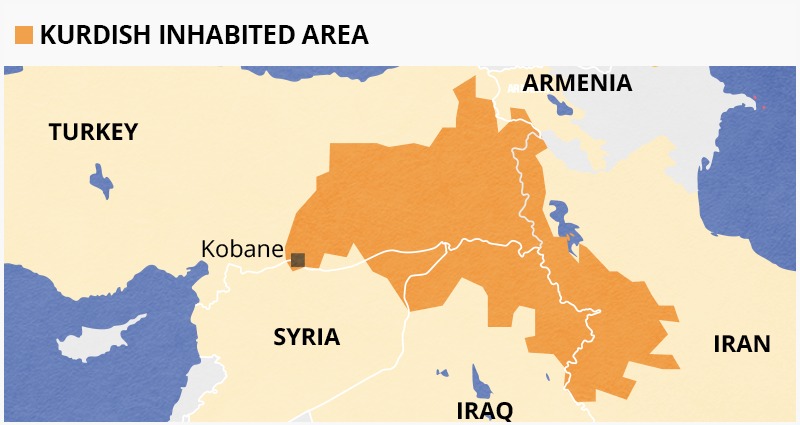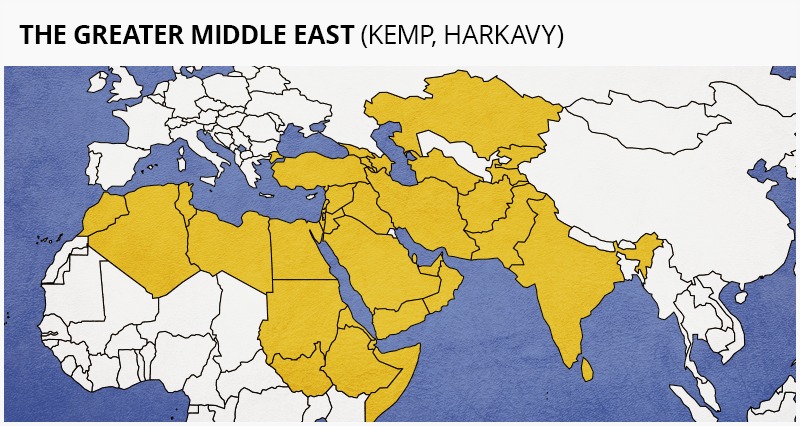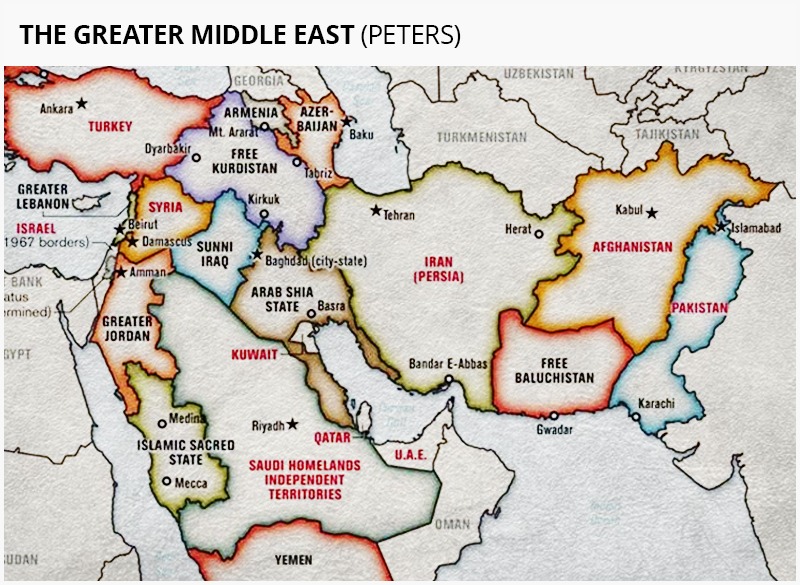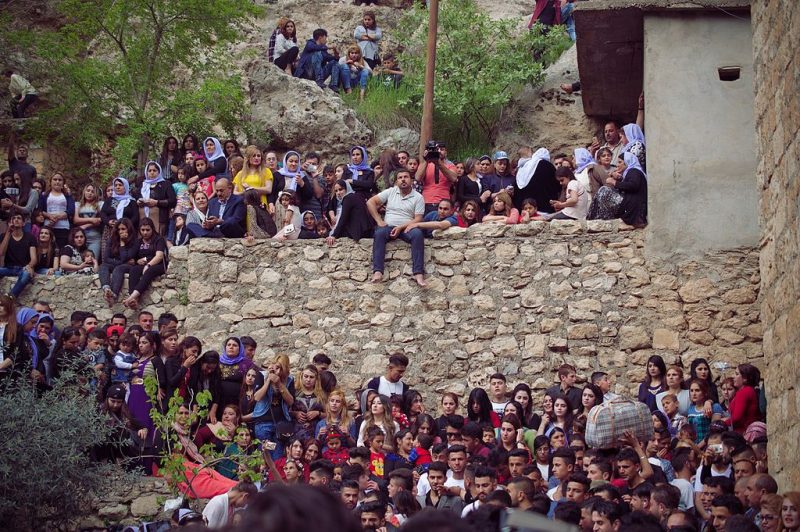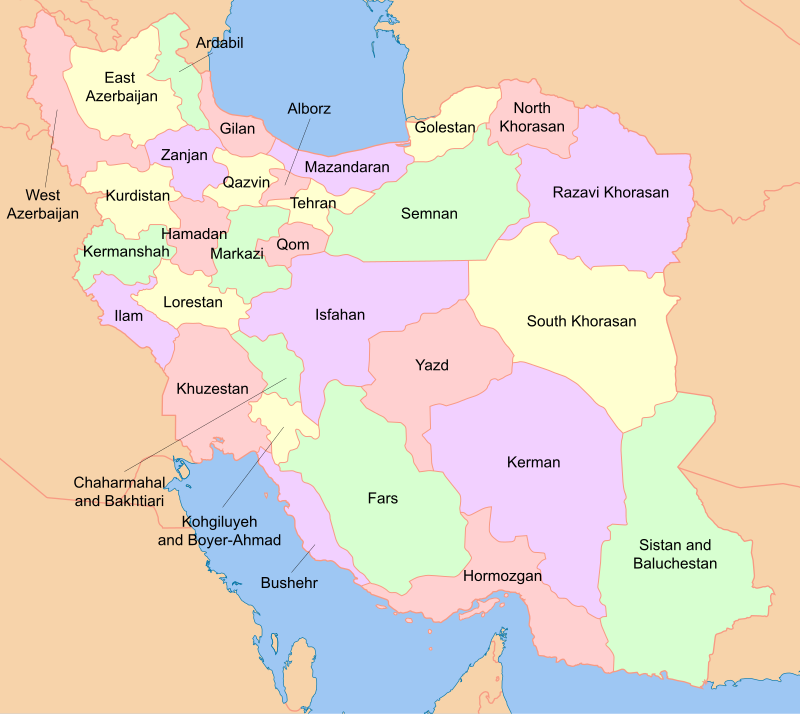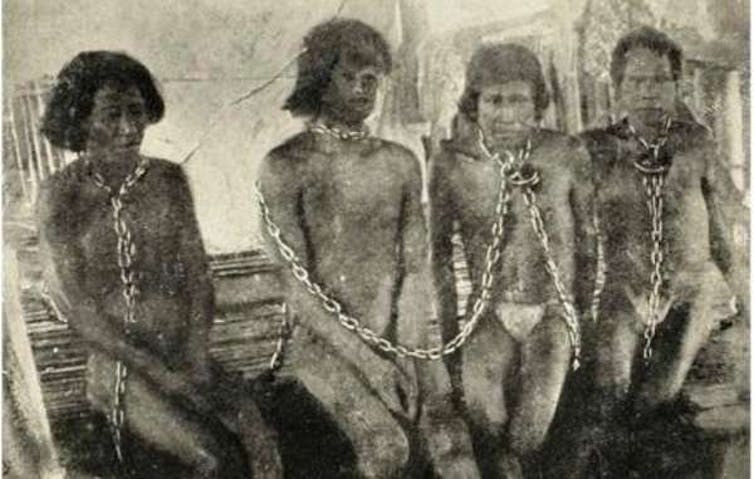Note to readers: please click the share buttons above
This article was first published on August 10, 2004 under the title More Holes in the Official Story: The 9/11 Cell Phone Calls, it was published (Chapter XVIII) in my book entitled “America’s War on Terrorism”, Global Research, Montreal, 2005. Some of the hyperlinks (2001-2004 references) pertaining to some of the quotations are unfortunately no longer active.
Cellphone communication from aircrafts above 10000 feet was an impossibility in 2001. The transmission technology was simply not available in 2001.
The narrative of what happened on the planes was largely based on phone conversations by passengers with loved ones. Did those conversations actually take place?
Michel Chossudovsky, September 6, 2019
***
“We Have Some Planes”
The 9/11 Commission’s Report provides an almost visual description of the Arab hijackers. It depicts in minute detail events occurring inside the cabin of the four hijacked planes.
In the absence of surviving passengers, this “corroborating evidence”, was based on passengers’ cell and air phone conversations with their loved ones. According to the Report, the cockpit voice recorder (CVR) was only recovered in the case of one of the flights (UAL 93).
Focusing on the personal drama of the passengers, the Commission has built much of its narrative around the phone conversations. The Arabs are portrayed with their knives and box cutters, scheming in the name of Allah, to bring down the planes and turn them “into large guided missiles” (Report, Chapter 1).
The Technology of Wireless Transmission
The Report conveys the impression that cell phone ground-to-air communication from high altitude was of reasonably good quality, and that there was no major impediment or obstruction in wireless transmission.
Some of the conversations were with onboard air phones, which contrary to the cell phones provide for good quality transmission. The report does not draw a clear demarcation between the two types of calls.
More significantly, what this carefully drafted script fails to mention is that, given the prevailing technology in September 2001, it was extremely difficult, if not impossible, to place a wireless cell call from an aircraft traveling at high speed above 8000 feet:
“Wireless communications networks weren’t designed for ground-to-air communication. Cellular experts privately admit that they’re surprised the calls were able to be placed from the hijacked planes, and that they lasted as long as they did. They speculate that the only reason that the calls went through in the first place is that the aircraft were flying so close to the ground (See this)
Expert opinion within the wireless telecom industry casts serious doubt on “the findings” of the 9/11 Commission. According to Alexa Graf, a spokesman of AT&T, commenting in the immediate wake of the 9/11 attacks:
“it was almost a fluke that the [9/11] calls reached their destinations… From high altitudes, the call quality is not very good, and most callers will experience drops. Although calls are not reliable, callers can pick up and hold calls for a little while below a certain altitude” (See this)
New Wireless Technology
While serious doubts regarding the cell calls were expressed in the immediate aftermath of 9/11, a new landmark in the wireless telecom industry has further contributed to upsetting the Commission’s credibility. Within days of the release of the 9/11 Commission Report in July, American Airlines and Qualcomm, proudly announced the development of a new wireless technology –which will at some future date allow airline passengers using their cell phones to contact family and friends from a commercial aircraft (no doubt at a special rate aerial roaming charge) (see this)
“Travelers could be talking on their personal cellphones as early as 2006. Earlier this month [July 2004], American Airlines conducted a trial run on a modified aircraft that permitted cell phone calls.” (WP, July 27, 2004)
Aviation Week (07/20/04) described this new technology in an authoritative report published in July 2004:
“Qualcomm and American Airlines are exploring [July 2004] ways for passengers to use commercial cell phones inflight for air-to-ground communication. In a recent 2-hr. proof-of-concept flight, representatives from government and the media used commercial Code Division Multiple Access (CDMA) third-generation cell phones to place and receive calls and text messages from friends on the ground.
For the test flight from Dallas-Fort Worth, the aircraft was equipped with an antenna in the front and rear of the cabin to transmit cell phone calls to a small in-cabin CDMA cellular base station. This “pico cell” transmitted cell phone calls from the aircraft via a Globalstar satellite to the worldwide terrestrial phone network”
Needless to say, neither the service, nor the “third generation” hardware, nor the “Picco cell” CDMA base station inside the cabin (which so to speak mimics a cell phone communication tower inside the plane) were available on the morning of September 11, 2001.
The 911 Commission points to the clarity and detail of these telephone conversations.
In substance, the Aviation Week report creates yet another embarrassing hitch in the official story.
The untimely July American Airlines / Qualcomm announcement acted as a cold shower. Barely acknowledged in press reports, it confirms that the Bush administration had embroidered the cell phone narrative (similar to what they did with WMDs) and that the 9/11 Commission’s account was either flawed or grossly exaggerated.
Altitude and Cellphone Transmission
According to industry experts, the crucial link in wireless cell phone transmission from an aircraft is altitude. Beyond a certain altitude which is usually reached within a few minutes after takeoff, cell phone calls are no longer possible.
In other words, given the wireless technology available on September 11 2001, these cell calls could not have been placed from high altitude.
The only way passengers could have got through to family and friends using their cell phones, is if the planes were flying below 8000 feet. Yet even at low altitude, below 8000 feet, cell phone communication is of poor quality.
The crucial question: at what altitude were the planes traveling, when the calls were placed?
While the information provided by the Commission is scanty, the Report’s timeline does not suggest that the planes were consistently traveling at low altitude. In fact the Report confirms that a fair number of the cell phone calls were placed while the plane was traveling at altitudes above 8000 feet, which is considered as the cutoff altitude for cell phone transmission.
Let us review the timeline of these calls in relation to the information provided by the Report on flight paths and altitude.

Gate C19 at Boston’s Logan International Airport was the boarding gate of United Flight 175 on September 11, 2001. The American flag was added to memorialize the site. (Source: Public Domain)
United Airlines Flight 175
United Airlines Flight 175 departed for Los Angeles at 8:00:
“It pushed back from its gate at 7:58 and departed Logan Airport at 8:14.”
The Report confirms that by 8:33, “it had reached its assigned cruising altitude of 31,000 feet.” According to the Report, it maintained this cruising altitude until 8.51, when it “deviated from its assigned altitude”:
“The first operational evidence that something was abnormal on United 175 came at 8:47, when the aircraft changed beacon codes twice within a minute. At 8:51, the flight deviated from its assigned altitude, and a minute later New York air traffic controllers began repeatedly and unsuccessfully trying to contact it.”
And one minute later at 8.52, Lee Hanson receives a call from his son Peter.
[Flight UAL 175] “At 8:52, in Easton, Connecticut, a man named Lee Hanson received a phone call from his son Peter, a passenger on United 175. His son told him: “I think they’ve taken over the cockpit—An attendant has been stabbed— and someone else up front may have been killed. The plane is making strange moves. Call United Airlines—Tell them it’s Flight 175, Boston to LA.
Press reports confirm that Peter Hanson was using his cell (i.e it was not an air phone). Unless the plane had suddenly nose-dived, the plane was still at high altitude at 8.52. (Moreover, Hanson’s call could have been initiated at least a minute prior to his father Lee Hanson picking up the phone.)
Another call was received at 8.52 (one minute after it deviated from its assigned altitude of 31,000 feet). The Report does not say whether this is an air phone or a cell phone call:
Also at 8:52, a male flight attendant called a United office in San Francisco, reaching Marc Policastro. The flight attendant reported that the flight had been hijacked, both pilots had been killed, a flight attendant had been stabbed, and the hijackers were probably flying the plane. The call lasted about two minutes, after which Policastro and a colleague tried unsuccessfully to contact the flight.
It is not clear whether this was a call to Policastro’s cell phone or to the UAL switchboard.
At 8:58, UAL 175 “took a heading toward New York City.”:
“At 8:59, Flight 175 passenger Brian David Sweeney tried to call his wife, Julie. He left a message on their home answering machine that the plane had been hijacked. He then called his mother, Louise Sweeney, told her the flight had been hijacked, and added that the passengers were thinking about storming the cockpit to take control of the plane away from the hijackers.
At 9:00, Lee Hanson received a second call from his son Peter:
It’s getting bad, Dad—A stewardess was stabbed—They seem to have knives and Mace—They said they have a bomb—It’s getting very bad on the plane—Passengers are throwing up and getting sick—The plane is making jerky movements—I don’t think the pilot is flying the plane—I think we are going down—I think they intend to go to Chicago or someplace and fly into a building—Don’t worry, Dad— If it happens, it’ll be very fast—My God, my God.
The call ended abruptly. Lee Hanson had heard a woman scream just before it cut off. He turned on a television, and in her home so did Louise Sweeney. Both then saw the second aircraft hit the World Trade Center.50 At 9:03:11, United Airlines Flight 175 struck the South Tower of the World Trade Center. All on board, along with an unknown number of people in the tower, were killed instantly.”
American Airlines Flight 77
American Airlines Flight 77 was scheduled to depart from Washington Dulles for Los Angeles at 8:10… “At 8:46, the flight reached its assigned cruising altitude of 35,000 feet.”
At 8:51, American 77 transmitted its last routine radio communication. The hijacking began between 8:51 and 8:54. As on American 11 and United 175, the hijackers used knives (reported by one passenger) and moved all the passengers (and possibly crew) to the rear of the aircraft (reported by one flight attendant and one passenger). Unlike the earlier flights, the Flight 77 hijackers were reported by a passenger to have box cutters. Finally, a passenger reported that an announcement had been made by the “pilot” that the plane had been hijacked….

Three frames from the security camera video of Flight 77 hitting the Pentagon. (Source: Public Domain)
On flight AA 77, which allegedly crashed into the Pentagon, the transponder was turned off at 8:56am; the recorded altitude at the time the transponder was turned off is not mentioned. According to the Commission’s Report, cell calls started 16 minutes later, at 9:12am, twenty minutes before it (allegedly) crashed into the Pentagon at 9.32am:
” [at 9.12] Renee May called her mother, Nancy May, in Las Vegas. She said her flight was being hijacked by six individuals who had moved them to the rear of the plane.”
According to the Report, when the autopilot was disengaged at 9:29am, the aircraft was at 7,000 feet and some 38 miles west of the Pentagon. This happened two minutes before the crash.
Most of the calls on Flight 77 were placed between 9.12am and 9.26am, prior to the disengagement of automatic piloting at 9.29am. The plane could indeed have been traveling at either a higher or a lower altitude to that reached at 9.29. Yet, at the same time there is no indication in the Report that the plane had been traveling below the 7000 feet level, which it reached at 9.29am.
At some point between 9:16 and 9:26, Barbara Olson called her husband, Ted Olson, the solicitor general of the United States. [using an airphone]
(Report p 7, see this)
United Airlines Flight 93
UAL flight 93 was the only one of the four planes that, according to the official story, did not crash into a building. Flight 93 passengers, apparently: “alerted through phone calls, attempted to subdue the hijackers. and the hijackers crashed the plane [in Pennsylvania] to prevent the passengers gaining control.” (See this). Another version of events, was that UAL 93 was shot down.

Flight 93 crash site (Source: Public Domain)
According to the Commission’s account:
“the first 46 minutes of Flight 93’s cross-country trip proceeded routinely. Radio communications from the plane were normal. Heading, speed, and altitude ran according to plan. At 9:24, Ballinger’s warning to United 93 was received in the cockpit. Within two minutes, at 9:26, the pilot, Jason Dahl, responded with a note of puzzlement: “Ed, confirm latest mssg plz—Jason.”70 The hijackers attacked at 9:28. While traveling 35,000 feet above eastern Ohio, United 93 suddenly dropped 700 feet. Eleven seconds into the descent, the FAA’s air traffic control center in Cleveland received the first of two radio transmissions from the aircraft….”
At least ten cell calls are reported to have taken place on flight 93.
The Report confirms that passengers started placing calls with cell and air phones shortly after 9.32am, four minutes after the Report’s confirmation of the plane’s attitude of 35,000 feet. In other words, the calls started some 9 minutes before the Cleveland Center lost UAL 93’s transponder signal (9.41) and approximately 30 minutes before the crash in Pennsylvania (10.03)
“At 9:41, Cleveland Center lost United 93’s transponder signal. The controller located it on primary radar, matched its position with visual sightings from other aircraft, and tracked the flight as it turned east, then south.164 “
This suggests that the altitude was known to air traffic control up until the time when the transponder signal was lost by the Cleveland Center. (Radar and visual sightings provided information on its flight path from 9.41 to 10.03.)
Moreover, there was no indication from the Report that the aircraft had swooped down to a lower level of altitude, apart from the 700 feet drop recorded at 9.28. from a cruising altitude of 35,000 feet:
“At 9:32, a hijacker, probably Jarrah, made or attempted to make the following announcement to the passengers of Flight 93:“Ladies and Gentlemen: Here the captain, please sit down keep remaining sitting.
We have a bomb on board. So, sit.” The flight data recorder (also recovered) indicates that Jarrah then instructed the plane’s autopilot to turn the aircraft around and head east. The cockpit voice recorder data indicate that a woman, most likely a flight attendant, was being held captive in the cockpit. She struggled with one of the hijackers who killed or otherwise silenced her.
Shortly thereafter, the passengers and flight crew began a series of calls from GTE airphones and cellular phones. These calls between family, friends, and colleagues took place until the end of the flight and provided those on the ground with firsthand accounts. They enabled the passengers to gain critical information, including the news that two aircraft had slammed into the World Trade Center.77…At least two callers from the flight reported that the hijackers knew that passengers were making calls but did not seem to care.
The hijackers were wearing red bandanas, and they forced the passengers to the back of the aircraft.80 Callers reported that a passenger had been stabbed and that two people were lying on the floor of the cabin, injured or dead—possibly the captain and first officer. One caller reported that a flight attendant had been killed.81 One of the callers from United 93 also reported that he thought the hijackers might possess a gun. But none of the other callers reported the presence of a firearm. One recipient of a call from the aircraft recounted specifically asking her caller whether the hijackers had guns.
The passenger replied that he did not see one. No evidence of firearms or of their identifiable remains was found at the aircraft’s crash site, and the cockpit voice recorder gives no indication of a gun being fired or mentioned at any time.
We believe that if the hijackers had possessed a gun, they would have used it in the flight’s last minutes as the passengers fought back.82 Passengers on three flights reported the hijackers’ claim of having a bomb. The FBI told us they found no trace of explosives at the crash sites. One of the passengers who mentioned a bomb expressed his belief that it was not real. Lacking any evidence that the hijackers attempted to smuggle such illegal items past the security screening checkpoints, we believe the bombs were probably fake. During at least five of the passengers’ phone calls, information was shared about the attacks that had occurred earlier that morning at the World Trade Center. Five calls described the intent of passengers and surviving crew members to revolt against the hijackers. According to one call, they voted on whether to rush the terrorists in an attempt to retake the plane. They decided, and acted. At 9:57, the passenger assault began. Several passengers had terminated phone calls with loved ones in order to join the revolt. One of the callers ended her message as follows:
“Everyone’s running up to first class. I’ve got to go. Bye.” The cockpit voice recorder captured the sounds of the passenger assault muffled by the intervening cockpit door. Some family members who listened to the recording report that they can hear the voice of a loved one among the din.
We cannot identify whose voices can be heard. But the assault was sustained. In response, Jarrah immediately began to roll the airplane to the left and right, attempting to knock the passengers off balance. At 9:58:57, Jarrah told another hijacker in the cockpit to block the door. Jarrah continued to roll the airplane sharply left and right, but the assault continued. At 9:59, Jarrah changed tactics and pitched the nose of the airplane up and down to disrupt the assault. The recorder captured the sounds of loud thumps, crashes, shouts, and breaking glasses and plates.
At 10:00:03, Jarrah stabilized the airplane. Five seconds later, Jarrah asked, “Is that it? Shall we finish it off?” A hijacker responded, “No. Not yet. When they all come, we finish it off.” The sounds of fighting continued outside the cockpit. Again, Jarrah pitched the nose of the aircraft up and down.At 10:00:26, a passenger in the background said, “In the cockpit. If we don’t we’ll die!” Sixteen seconds later, a passenger yelled,“Roll it!” Jarrah stopped the violent maneuvers at about 10:01:00 and said, “Allah is the greatest! Allah is the greatest!” He then asked another hijacker in the cockpit,“ Is that it? I mean, shall we put it down?” to which the other replied, “Yes, put it in it, and pull it down.” The passengers continued their assault and at 10:02:23, a hijacker said, “Pull it down! Pull it down!” The hijackers remained at the controls but must have judged that the passengers were only seconds from overcoming them. The airplane headed down; the control wheel was turned hard to the right.
The airplane rolled onto its back, and one of the hijackers began shouting “Allah is the greatest. Allah is the greatest. ”With the sounds of the passenger counterattack continuing, the aircraft plowed into an empty field in Shanksville, Pennsylvania, at 580 miles per hour, about 20 minutes’ flying time from Washington D.C. Jarrah’s objective was to crash his airliner into symbols of the American Republic, the Capitol or the White House. He was defeated by the alerted, unarmed passengers of United”
The Mysterious Call of Edward Felt from UAL 93
Earlier coverage of the fate of UAL 93 was based in part on a reported cell call from a passenger named Edward Felt, who managed to reach an emergency official in Pennsylvania. How he got the emergency supervisor’s number and managed to reach him remains unclear.
The call was apparently received at 9.58 am, eight minutes before the reported time of the crash at 10.06 am in Pennsylvania:
“Local emergency officials said they received a cell phone call at 9.58 am from a man who said he was a passenger aboard the flight. The man said he had locked himself in the bathroom and told emergency dispatchers that the plane had been hijacked. “We are being hijacked! We are being hijacked!” he was quoted as saying. A California man identified as Tom Burnett reportedly called his wife and told her that somebody on the plane had been stabbed. “We’re all going to die, but three of us are going to do something,” he told her. “I love you honey.”
The alleged call by Edward Felt from the toilet of the aircraft of UAL 93 was answered by Glenn Cramer, the emergency supervisor in Pennsylvania who took the call.
It is worth noting that Glenn Cramer was subsequently gagged by the FBI.” (See Robert Wallace`s incisive analysis published in Sept 2002 by the Daily Mirror, (see this).
Ironically, this high profile cell call by Ed Felt, which would have provided crucial evidence to the 9/11 Commission was, for some reason, not mentioned in the Report.
Image on the right: Jules Naudet filmed the impact of Flight 11 as it crashed into the North Tower of the World Trade Center. (Source: Wikimedia Commons)

American Airlines Flight 11
Flight 11 took off at 7:59. Just before 8:14. The Report outlines an airphone conversation of flight attendant Betty Ong and much of the narrative hinges upon this airphone conversation
There are no clear-cut reports on the use of cell phones on Flight AA11. According to the Report, American 11 crashed into the North Tower of the World Trade Center at 8.46.
Concluding Remarks
A large part of the description, regarding the 19 hijackers relies on cell phone conversations with family and friends.
While a few of these calls (placed at low altitude) could have got through, the wireless technology was not available. On this issue, expert opinion within the wireless telecom industry is unequivocal.
In other words, at least part of the Commission’s script in Chapter 1 on the cell phone conversations, is fabricated.
According to the American Airline / Qualcomm announcement, the technology for cell phone transmission at high altitude will only be available aboard commercial aircraft in 2006. This is an inescapable fact.
In the eyes of public opinion, the cell phone conversations on the Arab hijackers is needed to sustain the illusion that America is under attack.
The “war on terrorism” underlying the National Security doctrine relies on real time “evidence” concerning the Arab hijackers. The latter personify, so to speak, this illusive “outside enemy” (Al Qaeda), which is threatening the homeland.
Embodied into the Commission’s “script” of 911, the narrative of what happened on the plane with the Arab hijackers is therefore crucial. It is an integral part of the Administration’s disinformation and propaganda program. It constitutes a justification for the anti-terror legislation under the Patriot acts and the waging of America’s pre-emptive wars against Afghanistan and Iraq.
*
Annex
The 9/11 Report’s Footnotes on the Cell Phone Conversations
70. On FDR, see NTSB report,“Specialist’s Factual Report of Investigation—Digital Flight Data Recorder” for United Airlines Flight 93, Feb. 15, 2002; on CVR, see FBI report,“CVR from UA Flight #93,” Dec. 4, 2003; Commission review of Aircraft Communication and Reporting System (ACARS) messages sent to and from Flight 93 (which indicate time of message transmission and receipt); see UAL record, Ed Ballinger ACARS log, Sept. 11, 2001. At 9:22, after learning of the events at the World Trade Center, Melody Homer, the wife of co-pilot Leroy Homer, had an ACARS message sent to her husband in the cockpit asking if he was okay. See UAL record,ACARS message, Sept. 11, 2001.
71. On FDR, see NTSB report,“Specialist’s Factual Report of Investigation—Digital Flight Data Recorder” for United Airlines Flight 93, Feb. 15, 2002; on CVR, see FBI report,“CVR from UA Flight #93,” Dec. 4, 2003; FAA report,“Summary of Air Traffic Hijack Events: September 11, 2001,” Sept. 17, 2001; NTSB report, Air Traffic Control Recording—United Airlines Flight 93, Dec. 21, 2001.
72.The 37 passengers represented a load factor of 20.33 percent of the plane’s seating capacity of 182, considerably below the 52.09 percent for Flight 93 on Tuesdays in the three-month period prior to September 11 (June 11–September 4, 2001). See UAL report, Flight 93 EWR-SFO load factors, undated. Five passengers holding reservations for Flight 93 did not show for the flight.All five were interviewed and cleared by the FBI. FBI report,“Flight #93 ‘No Show’ Passengers from 9/11/01,” Sept. 18, 2001.
73. INS record,Withdrawal of Application for Admission for Mohamed al Kahtani,Aug. 4, 2001.
74. See FAA regulations,Admission to flight deck, 14 C.F.R. § 121.547 (2001);UAL records, copies of boarding passes for United 93, Sept. 11,2001.One passenger reported that ten first-class passengers were aboard the flight. If that number is accurate, it would include the four hijackers. FBI report of investigation, interview of Lisa Jefferson, Sept. 11, 2001;UAL record, Flight 93 passenger manifest, Sept. 11, 2001.All but one of the six passengers seated in the first-class cabin communicated with the ground during the flight, and none mentioned anyone from their cabin having gone into the cockpit before the hijacking.Moreover, it is unlikely that the highly regarded and experienced pilot and co-pilot of Flight 93 would have allowed an observer into the cockpit before or after takeoff who had not obtained the proper permission. See UAL records, personnel files of Flight 93 pilots. For jumpseat information, see UAL record,Weight and Balance Information for Flight 93 and Flight 175, Sept. 11, 2001;AAL records, Dispatch Environmental Control/Weekly Flight Summary for Flight 11 and Flight 77, Sept. 11, 2001.
75. Like Atta on Flight 11, Jarrah apparently did not know how to operate the communication radios; thus his attempts to communicate with the passengers were broadcast on the ATC channel. See FBI report,“CVR from UA Flight #93,” Dec. 4, 2003.Also, by 9:32 FAA notified United’s headquarters that the flight was not responding to radio calls.According to United, the flight’s nonresponse and its turn to the east led the airline to believe by 9:36 that the plane was hijacked. See Rich Miles interview (Nov. 21, 2003); UAL report, “United dispatch SMFDO activities—terrorist crisis,” Sept. 11, 2001.
76. In accordance with FAA regulations, United 93’s cockpit voice recorder recorded the last 31 minutes of sounds from the cockpit via microphones in the pilots’ headsets, as well as in the overhead panel of the flight deck. This is the only recorder from the four hijacked airplanes to survive the impact and ensuing fire.The CVRs and FDRs from American 11 and United 175 were not found,and the CVR from American Flight 77 was badly burned and not recoverable. See FBI report,“CVR from UA Flight #93,”Dec. 4, 2003; see also FAA regulations, 14 C.F.R. §§ 25.1457, 91.609, 91.1045, 121.359; Flight 93 CVR data. A transcript of the CVR recording was prepared by the NTSB and the FBI.
77. All calls placed on airphones were from the rear of the aircraft. There was one airphone installed in each row of seats on both sides of the aisle.The airphone system was capable of transmitting only eight calls at any one time. See FBI report of investigation, airphone records for flights UAL 93 and UAL 175 on Sept. 11, 2001, Sept. 18, 2001.
78.FAA audio file, Cleveland Center, position Lorain Radar; Flight 93 CVR data; FBI report, “CVR from UA Flight #93,” Dec. 4, 2003.
79. FBI reports of investigation, interviews of recipients of calls from Todd Beamer, Sept. 11, 2001, through June 11, 2002; FBI reports of investigation, interviews of recipients of calls from Sandy Bradshaw, Sept. 11, 2001, through Oct. 4, 2001.Text messages warning the cockpit of Flight 93 were sent to the aircraft by Ed Ballinger at 9:24. See UAL record, Ed Ballinger’s ACARS log, Sept. 11, 2001.
80.We have relied mainly on the record of FBI interviews with the people who received calls. The FBI interviews were conducted while memories were still fresh and were less likely to have been affected by reading the accounts of others or hearing stories in the media. In some cases we have conducted our own interviews to supplement or verify the record. See FBI reports of investigation, interviews of recipients of calls from Todd Beamer, Mark Bingham,Sandy Bradshaw,Marion Britton,Thomas Burnett, Joseph DeLuca,Edward Felt, Jeremy Glick,Lauren
Grandcolas, Linda Gronlund, CeeCee Lyles, Honor Wainio.
81. FBI reports of investigation, interviews of recipients of calls from Thomas Burnett, Sept. 11, 2001; FBI reports of investigation, interviews of recipients of calls from Marion Britton, Sept. 14, 2001, through Nov. 8, 2001; Lisa Jefferson interview (May 11, 2004); FBI report of investigation, interview of Lisa Jefferson, Sept. 11, 2001; Richard Belme interview (Nov. 21, 2003).
82. See Jere Longman, Among the Heroes—United Flight 93 and the Passengers and Crew Who Fought Back (Harper-Collins, 2002), p. 107; Deena Burnett interview (Apr. 26, 2004); FBI reports of investigation, interviews of recipients of calls from Jeremy Glick, Sept. 11, 2001, through Sept. 12, 2001; Lyzbeth Glick interview (Apr. 22, 2004). Experts told us that a gunshot would definitely be audible on the CVR. The FBI found no evidence of a firearm at the crash site of Flight 93. See FBI response to Commission briefing request no. 6, undated (topic 11).The FBI collected 14 knives or portions of knives at the Flight 93 crash site. FBI report, “Knives Found at the UA Flight 93 Crash Site,” undated.
83. FBI response to Commission briefing request no. 6, undated (topic 11); FBI reports of investigation, interviews of recipients of calls from Jeremy Glick, Sept. 11, 2001, through Sept. 12, 2001.
84. See FBI reports of investigation, interviews of recipients of calls from United 93.
85. FBI reports of investigation, interviews of recipients of calls from United 93. For quote, see FBI report of investigation, interview of Philip Bradshaw, Sept. 11, 2001; Philip Bradshaw interview (June 15, 2004); Flight 93 FDR and CVR data.At 9:55:11 Jarrah dialed in the VHF Omni-directional Range (VOR) frequency for the VOR navigational aid at Washington Reagan National Airport, further indicating that the attack was planned for the nation’s capital.
 by Michel Chossudovsky
by Michel Chossudovsky- ISBN Number: 9780973714715
List Price: $24.95- click here to order
Special Price: $18.00
In this new and expanded edition of Michel Chossudovsky’s 2002 best seller, the author blows away the smokescreen put up by the mainstream media, that 9/11 was an attack on America by “Islamic terrorists”. Through meticulous research, the author uncovers a military-intelligence ploy behind the September 11 attacks, and the cover-up and complicity of key members of the Bush Administration.
The expanded edition, which includes twelve new chapters focuses on the use of 9/11 as a pretext for the invasion and illegal occupation of Iraq, the militarisation of justice and law enforcement and the repeal of democracy.
According to Chossudovsky, the “war on terrorism” is a complete fabrication based on the illusion that one man, Osama bin Laden, outwitted the $40 billion-a-year American intelligence apparatus. The “war on terrorism” is a war of conquest. Globalisation is the final march to the “New World Order”, dominated by Wall Street and the U.S. military-industrial complex.
September 11, 2001 provides a justification for waging a war without borders. Washington’s agenda consists in extending the frontiers of the American Empire to facilitate complete U.S. corporate control, while installing within America the institutions of the Homeland Security State.


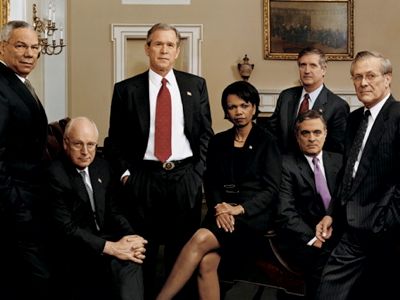



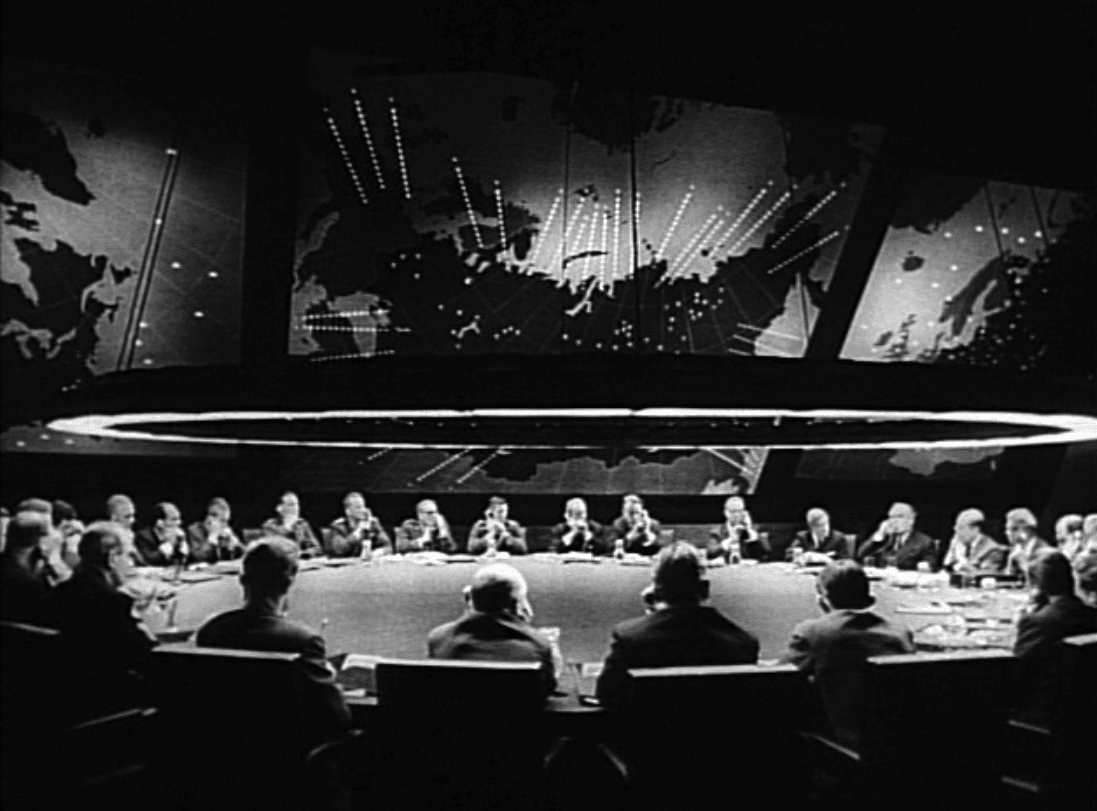


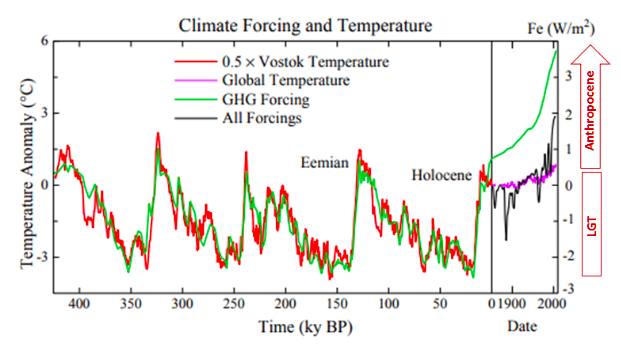
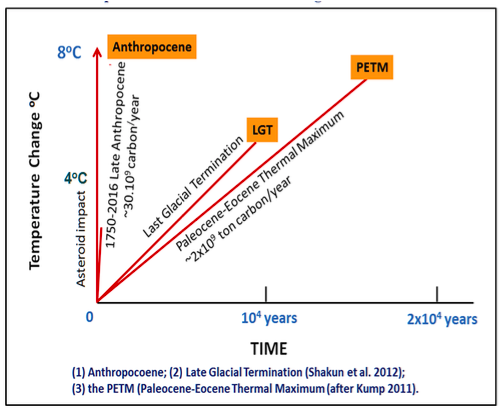
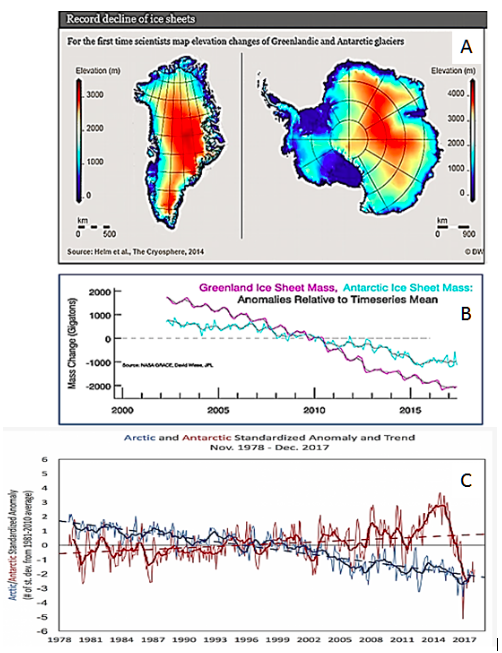
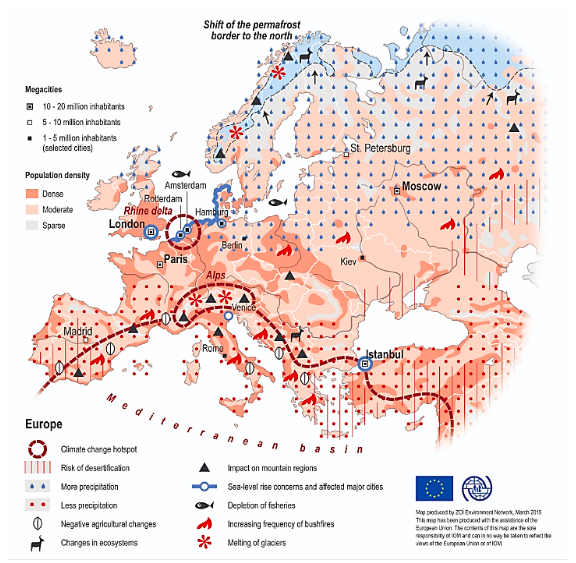

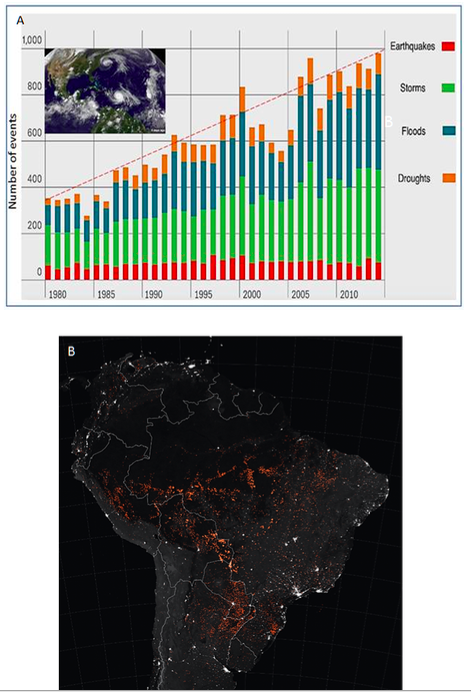
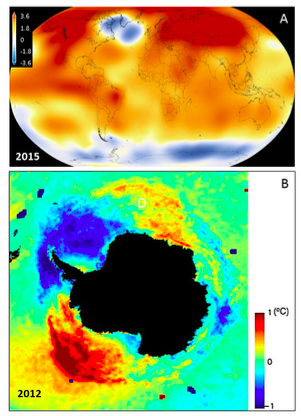

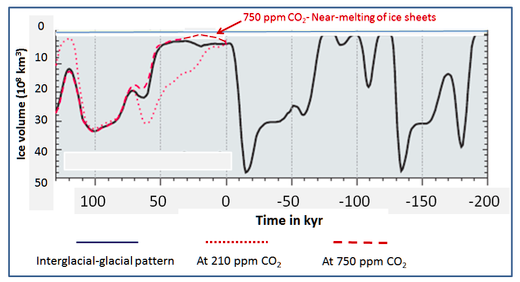
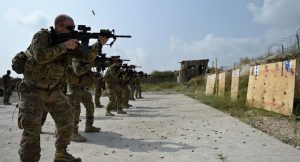
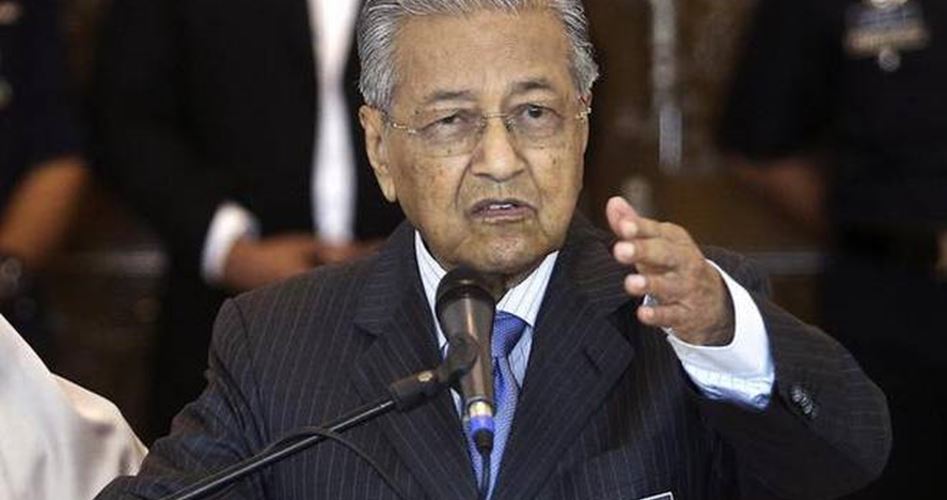
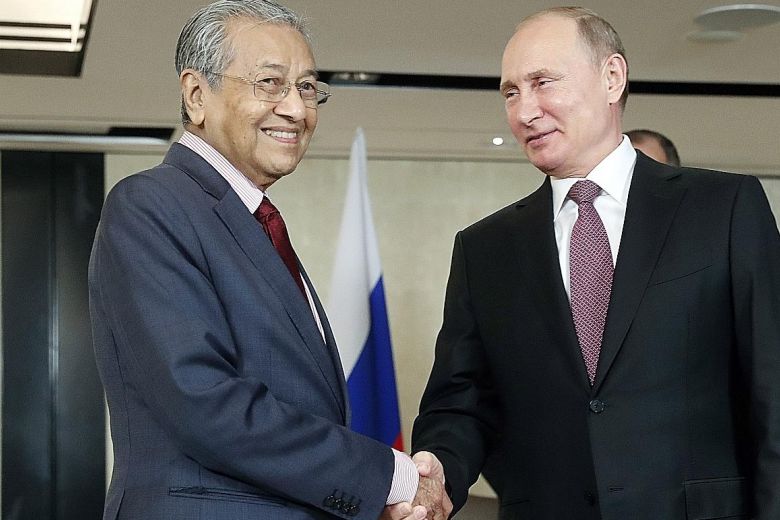
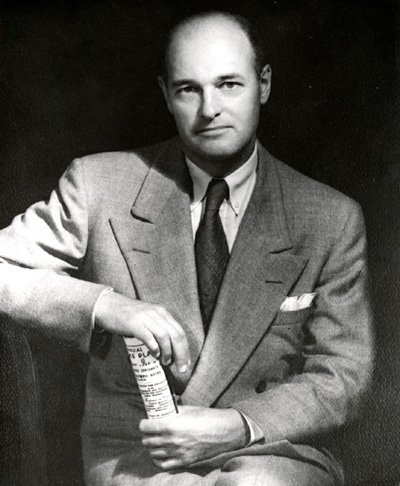 China is situated in a strategically vital area of east Asia – with Russia lying northwards, resource-laden central Asia to the west, Korea and Japan to the east. China is also a state rich in valuable deposits like coal, natural gas, aluminium and magnesium. Western business had flourished in China during the years before World War II, much to the detriment of the Japanese.
China is situated in a strategically vital area of east Asia – with Russia lying northwards, resource-laden central Asia to the west, Korea and Japan to the east. China is also a state rich in valuable deposits like coal, natural gas, aluminium and magnesium. Western business had flourished in China during the years before World War II, much to the detriment of the Japanese.